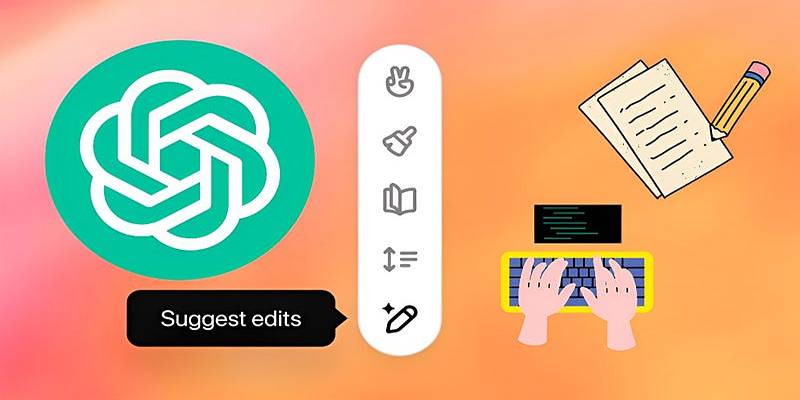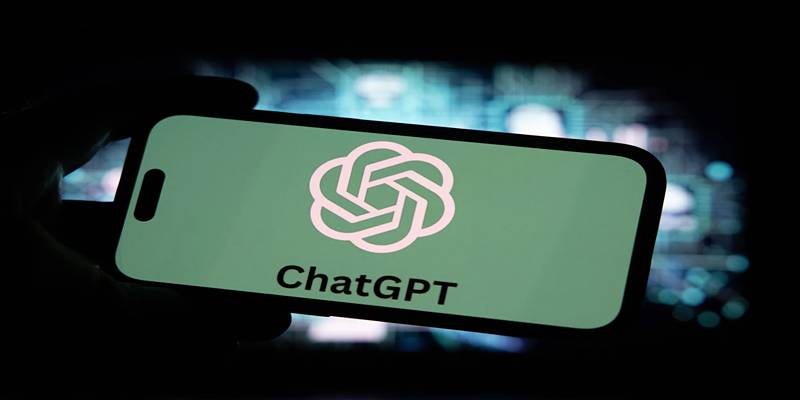Tools for artificial intelligence (AI) have become very useful for many jobs in today's fast-paced digital world. From content creation and grammar correction to image editing and summarization, these tools are designed to save time and effort. However, choosing the best AI tool for a specific job isn’t as simple as picking the first one that appears on a list.
Finding the right AI tool requires a clear process—one that is thoughtful, intentional, and focused on solving the problem at hand. This post breaks down the method many tech-savvy users follow to identify the best AI tools for any task. It’s not about using AI just for the sake of it; it’s about using AI wisely and effectively.
1. Understanding the Task Clearly
The first step in selecting an AI tool is understanding the specific task that needs to be completed. Without a clear understanding of what the job is, it’s nearly impossible to choose the right software.
For example, if the goal is to write a blog post, the tool should be able to assist with writing fluently, checking grammar, and improving readability. Tools like Grammarly or Jasper AI may come to mind for these kinds of tasks. On the other hand, if the task involves editing an image, the right tool would depend on whether the user wants to remove a background, adjust lighting, or enhance quality.
Each task often requires its category of AI software. Someone who knows exactly what outcome they’re aiming for can quickly filter out tools that don’t fit. This results in better efficiency and less time wasted experimenting with the wrong platforms.
2. Determining Whether Free or Paid Tools Are Needed

Once the task is clearly understood, the next decision revolves around budget. Does the job require a premium tool, or will a free version suffice? Some AI tools offer impressive features under their free plans. These are excellent starting points for one-off tasks or for individuals who are just exploring AI’s potential. For instance, tools like Canva offer limited AI features in their free version, and ChatGPT’s free tier can still generate useful responses.
However, premium tools often provide enhanced accuracy, faster performance, or more customization. Tools like ChatGPT Plus, Notion AI, or Writesonic unlock full capabilities only with a subscription. Users who rely on AI daily—such as content creators, marketers, or business owners—often find that investing in paid versions is worthwhile.
It’s not always about choosing the cheapest tool; it’s about selecting the one that offers the best value for the specific job.
3. Researching and Reading Real-World Reviews
Even the most promising AI tool can underperform. That’s why researching and checking user feedback is essential. Before committing to any tool, experienced users browse platforms like G2, Capterra, or Trustpilot to see what others have said. A high star rating doesn’t automatically mean a tool is perfect—it’s also important to read what actual users have experienced.
Users often highlight key strengths and weaknesses, such as:
- Interface design and user-friendliness
- Customer support responsiveness
- Whether the tool works as advertised
- Hidden limitations or bugs
Watching YouTube tutorials or reading how-to blogs also helps form a realistic expectation of how the tool works. By comparing different tools and their reviews, users can avoid costly mistakes and select something that actually performs well under real conditions.
4. Using AI and Traditional Search to Discover Tools
Even seasoned professionals can’t know every tool out there. So, when faced with an unfamiliar task, they often rely on both AI search tools and traditional search engines to discover what options exist.
Typing prompts like:
"Best free AI tools for background removal"
or
"Top AI tools for summarizing PDF documents"
It can lead to curated lists, comparison blogs, and forums full of helpful recommendations.
AI search tools like Perplexity.ai are useful in this step because they don’t just answer questions—they also cite sources. It makes it easier to explore further and verify information. On the other hand, Google remains a reliable search engine, offering fresh content, user forums, and top-performing product pages.
Some search engines even integrate AI-generated summaries at the top of the page. These overviews help users quickly scan options and decide which results are worth exploring more deeply. This blended approach—using both AI and traditional search—is highly effective when venturing into new use cases or emerging AI technologies.
5. Hands-On Testing for the Specific Job

No matter how promising a tool looks online, nothing beats testing it firsthand. Experienced users test the AI tool using the exact type of task they need it for. If the task involves writing, they input a draft and check whether the AI offers useful improvements. If it’s an image editing job, they upload a sample photo to test how easily and accurately the tool performs.
Some questions they consider during testing:
- Does the tool produce accurate or high-quality output?
- Is the interface intuitive and responsive?
- How much time does it save compared to doing the task manually?
- Are there any limitations that would affect future use?
If a tool performs well, it often becomes part of the user’s regular toolkit. If not, it’s either discarded or noted as an option for a different kind of task. Testing doesn’t have to be time-consuming. Most tools are designed to be user-friendly, and the results from a quick test often reveal whether the tool is suitable or not.
Conclusion
Finding the best AI tools for any job is a mix of preparation, research, and hands-on testing. It’s about more than just chasing what’s popular—it’s about choosing what works. The most efficient users follow a system: they understand the task, explore the best-suited tools (free or paid), read real reviews, use AI and search to find options, and then test tools with real work.
That process ensures the chosen software delivers real value—not just hype. As AI tools continue to evolve, this thoughtful approach will remain essential. New platforms will emerge, features will improve, and some tools may even fade.











